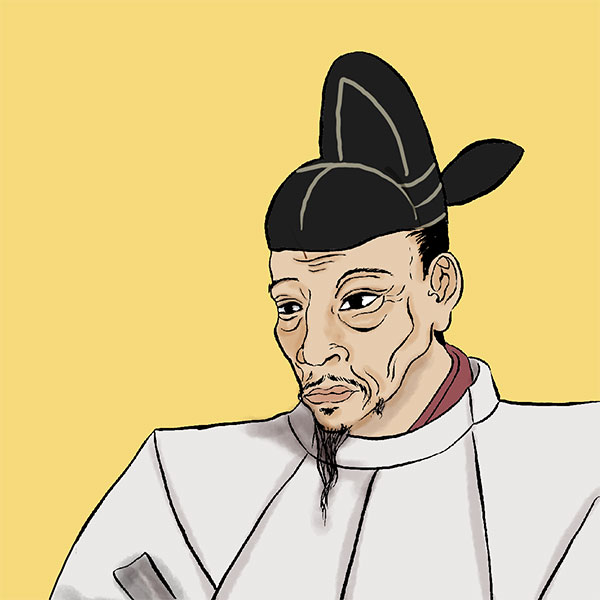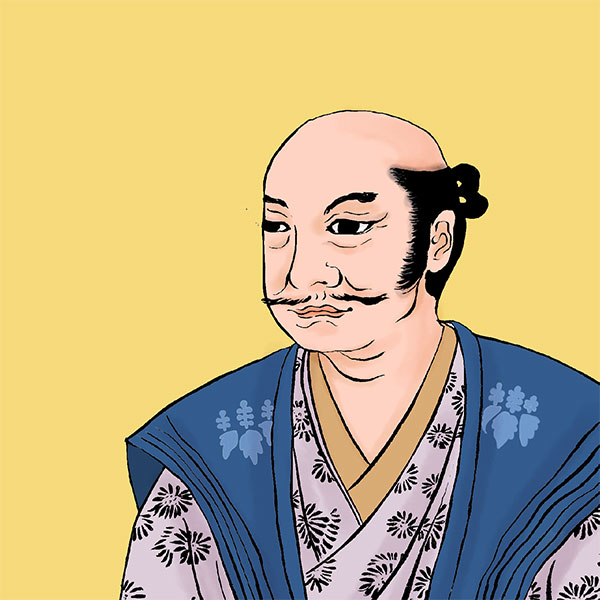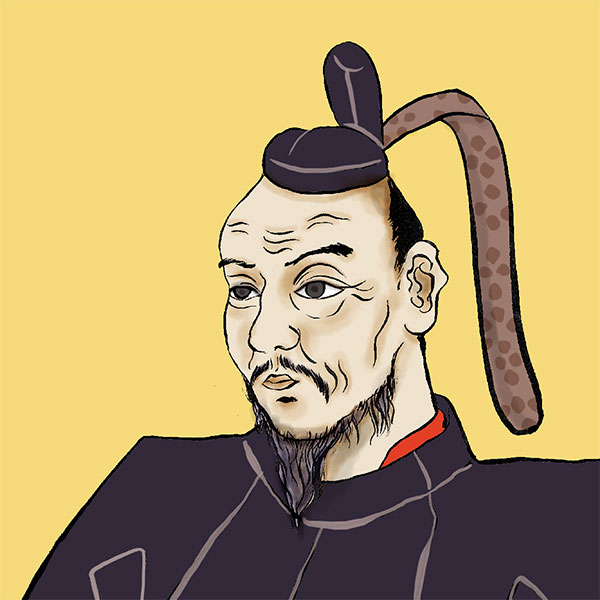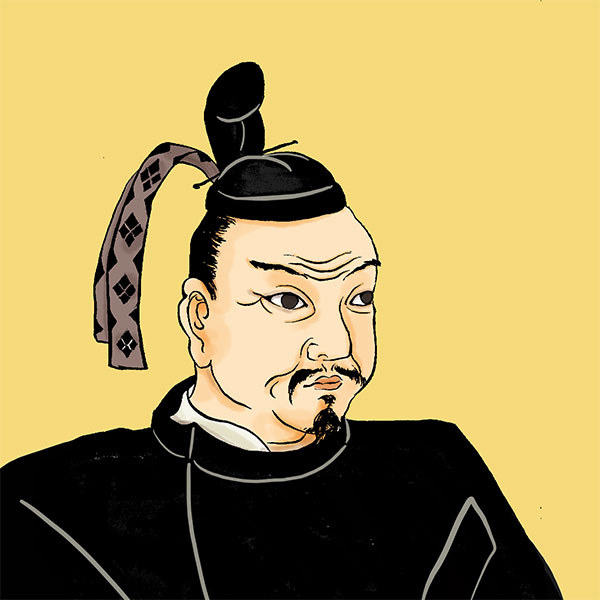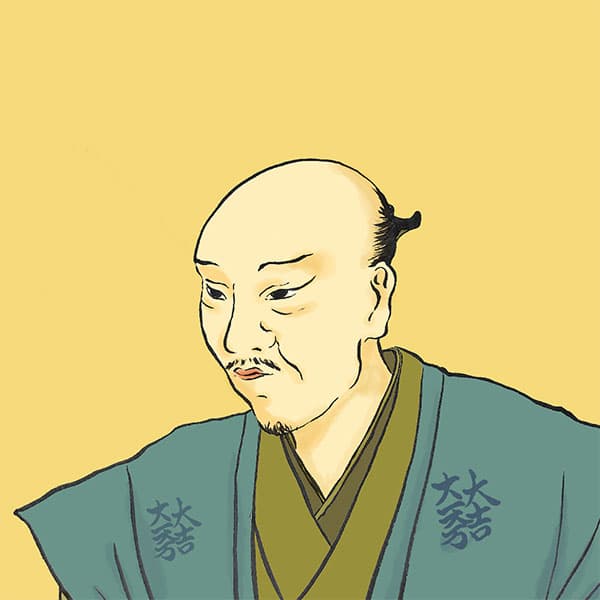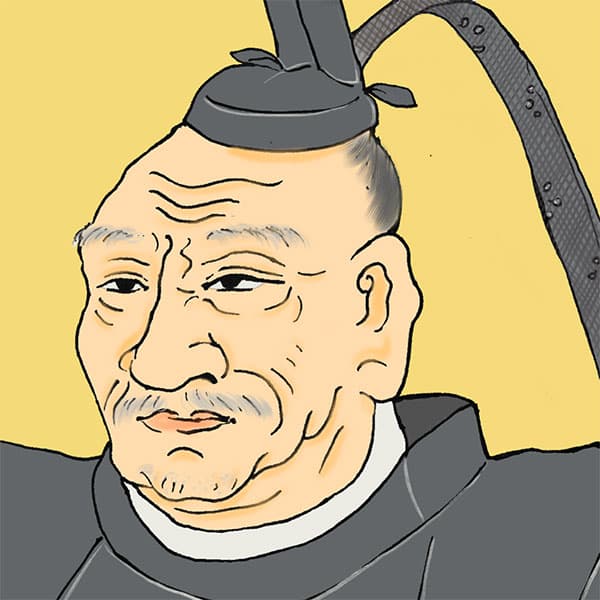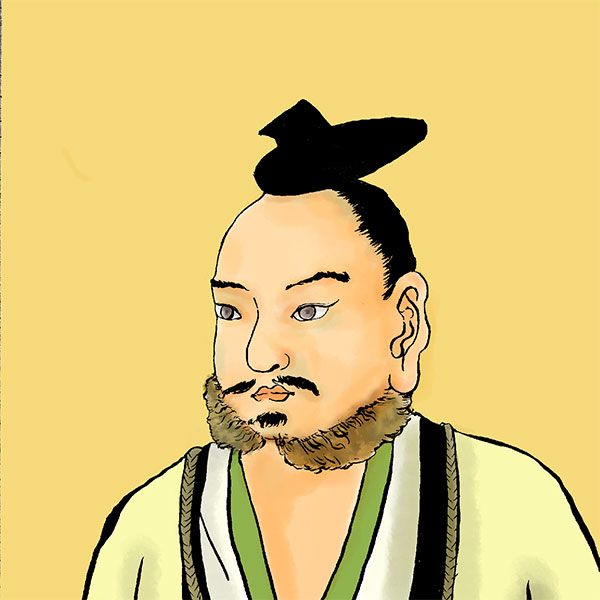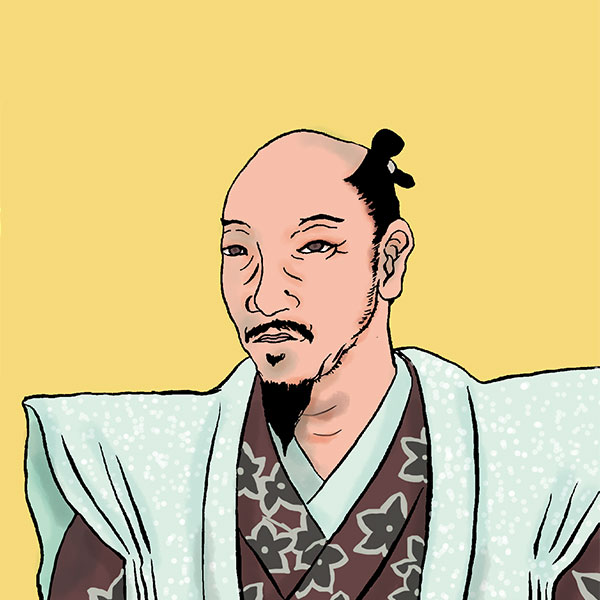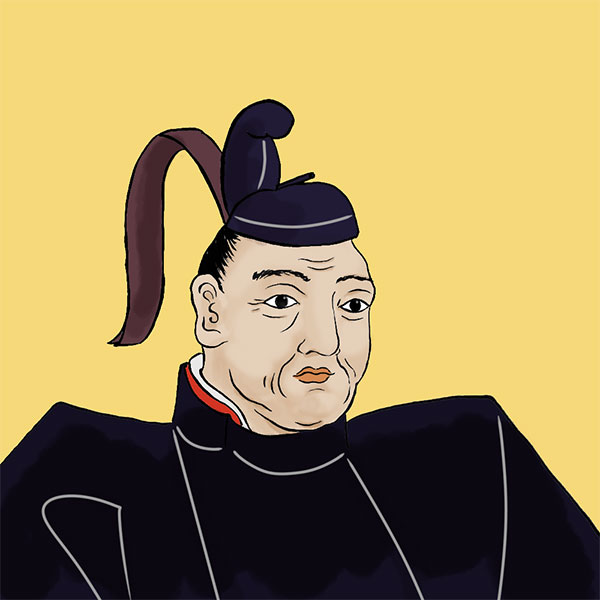Bunroku no Yaku (2/2)Hideyoshi's dispatch of troops to Korea, Part 1
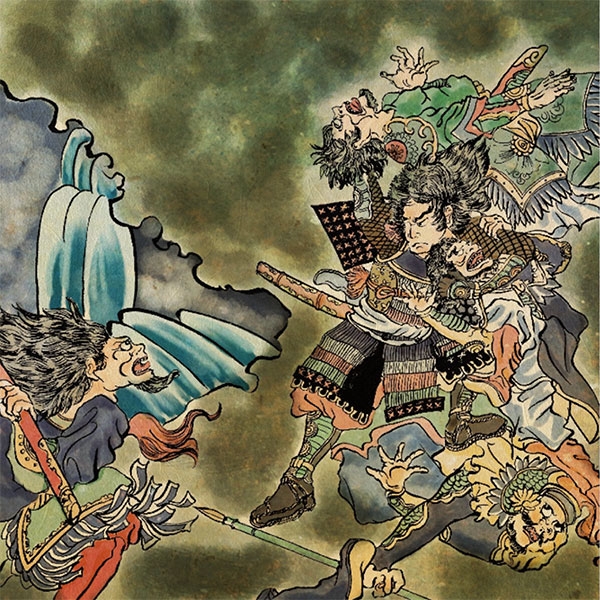
Bunroku role
- Article category
- case file
- Incident name
- Bunroku no Yaku (1592-1593)
- place
- Saga Prefecture
- Related castles

Nagoya Castle

Kumamoto Castle
- people involved
After that, Yi Sun-shin continued to sink Japanese ships one after another. The Japanese army strengthened its navy by sending in Yasuharu Wakisaka and Yoshitaka Kuki, but Yi Sun-sin cleverly used a decoy strategy and defeated the same Japanese navy at the Battle of Hansando on July 7. As a result, supplies carried by Japanese Navy ships were damaged.
In response to these attacks, the Japanese Navy responded by attaching cannons to transport ships. Abandoning the active sortie tactics of the past, they changed their policy to joint amphibious and land defense tactics, avoiding a head-on collision with the Korean navy. This made it possible for the Japanese navy to reduce the damage caused to Yi Sun-shin.
Meanwhile, on land, the Japanese army fought against guerrillas made up of the Korean army and Korean volunteer soldiers. Although they were largely victorious, Ming reinforcements arrived in July. On July 16th, 5,000 Ming troops attacked Pyongyang, but Yukinaga Konishi and others repulsed them. On July 29th, Yukinaga Konishi and others again repulsed the Ming army that attacked. Wary of these Ming movements, the Japanese army stopped moving north beyond Pyongyang and began to strengthen the defense of Hanseong. In addition, the Ming Dynasty, which lost this battle, considered making peace with the Japanese army and began peace negotiations.
Furthermore, while the Japanese army was fighting against Ming reinforcements in the north, the 2nd Division led by Kiyomasa Kato advanced northeast and captured the second prince of Korea at Hoeying on July 23. Afterwards, they fought against the Orangkai (Jurchen tribe) of Manchuria. It seems that they were trying to find a route to invade the Ming Dynasty, but they ended up retreating.
While Kato Kiyomasa attacks Orankai, the Japanese army holds a review at Hanseong. The central figures in this were Joseon magistrates Ishida Mitsunari, Masuda Nagamori, Otani Yoshitsugu, and Kuroda Kanbei. As a result, it was decided to attack the Ming Dynasty by the end of this year and to advise Hideyoshi, his lord, Toyotomi Hideyoshi, to stop crossing over to Korea. Furthermore, Kiyomasa becomes angry at this decision made in his absence, and gradually comes into conflict with Mitsunari.
Bunroku no Yaku ⑤ Fierce battle: Battle of Hekitoikan
On August 29, a 50-day truce was decided between Yukinaga Konishi and the Ming Dynasty. There was a truce for a while, but in January of the following year, 1593, the Ming commander Li Rusong pretended to send a peace messenger and raided Pyongyang. The Japanese army suffered a heavy blow. Yukinaga managed to escape Pyongyang and retreat to Kaesong. Finally, the Japanese army gathered at Hanseong and strengthened its defense. Afterwards, at the military council held, Mitsunari Ishida and others advocated sequestration, while Takakage Kobayakawa and others advocated interception. Muneshige Tachibana said, ``It would be a disgrace to Japan if we retreated from the battle here,'' and the sequestration faction also agreed to intercept the Ming army in order to avoid being looked down upon by foreign samurai.
Then, on January 25th, the ``Battle of Byekjeogwan'' will begin at Byekjeogwan (the area of Byekjeong-dong, Deokyang-gu, Goyang City, Gyeonggi-do) north of Hanseong. A total of 40,000 soldiers led by the commander-in-chief, Hideie Ukita, and the vanguard, Takakage Kobayakawa, faced off against the approximately 150,000 Ming-Korean Allied Forces (*there are various theories and the number varied considerably). The Japanese army appears to be at a disadvantage because the Ming army had cavalry and heavy weapons, but the Bijukan is a narrow valley that is not suitable for cavalry, giving the Japanese army a geographical advantage. Moreover, it had rained the day before, so my feet were muddy and muddy.
After the Ming army captured Pyongyang, they easily captured Kaesong, so they looked down on the Japanese army. The advance troops led by Muneshige Tachibana attacked there and defeated the Ming army. When the Ming army sent out reinforcements one after another and the advance troops began to struggle, the main force led by Takakage Kobayakawa appeared. Using detached troops, they toyed with the Ming army and won a fierce battle. According to one theory, the Ming army suffered a crushing defeat with around 6,000 people killed in battle, and Li Rusong was cornered to the brink of death, but managed to escape and retreat to Pyongyang.
After this battle, the Ming army lost momentum and faced food shortages, so peace negotiations with the Japanese army began in earnest. On the other hand, the Japanese army also accepted peace negotiations because of food shortages due to the burning of Hanseong's food stores in March, and the spread of infectious diseases due to the fact that they had been fighting in an unfamiliar climate for some time. . Peace was concluded in April. Although the Korean side continued to oppose peace, both countries ignored the Korean side and proceeded with negotiations.
Bunroku no Yaku ⑥ “Disguise” of peace negotiations
Peace negotiations were handled by Yukinaga Konishi and others on the Japanese side, and Shen Yuqing and others on the Ming side. As conditions for peace, the Japanese army was required to return the captured Korean prince and retreat to Busan, and the Ming army was required to retreat to Kaesong and dispatch a Ming envoy to Japan.
However, this lecture is actually a complete lie. The people in charge convinced each top leader by falsely telling the Japanese side that ``Ming was frightened by Japan and surrendered,'' and the Ming side that ``Japan was frightened of Ming and surrendering.'' It is.
Afterwards, Shen Yujing disguises his subordinates as imperial envoys from the Ming Dynasty and has them have an audience with Hideyoshi. Hideyoshi believed that the Ming Dynasty had surrendered, so he decided to marry the Ming princess to the emperor, restore the Kango trade, cede half of the eight provinces of Korea to Japan, and transfer to the other four provinces and Hanseong. He proposed seven conditions, including that Korea should change its name and make a pledge not to disobey Japan.
Even if I present this request as is, Akira will not be satisfied. For this reason, Yukinaga Konishi's subordinates went to Beijing as a surrender envoy and presented documents from Hideyoshi that had been conveniently altered. The Ming side insisted that a document of surrender was needed in order to make peace, so Yukinaga forged a surrender document and submitted it to the Ming Dynasty! When you think about it now, it's an incredible strategy. The fake letter accused the Korean side that Japan was trying to become a subject of the Ming Dynasty, and that they tried to convey this to the Ming through Korea, but Korea refused, which led to war. The plan was to have Japan enter into a sakuho system, and if Hideyoshi was recognized as the king of the domain, he would like to receive tribute from now on and be allowed to engage in trade. In response, the Ming side allowed Hideyoshi to enter into a sakufu system, but did not approve of trade with foreign trade, and dispatched an envoy to Hideyoshi.
In September 1596, Hideyoshi had an audience with an official envoy of the Ming Dynasty. Here, the lies of Yukinaga Konishi and Yukinaga Shen are revealed. Hideyoshi was furious that not only his demands were not accepted at all, but that the envoy gave him a title, meaning that Japan would become a vassal of the Ming Dynasty. He decided to send troops to Korea again in an attempt to conquer the Ming Dynasty. After returning to Japan, Shen Yu-jing was sentenced to death. Yukinaga was about to be forced to commit seppuku, but his life was saved through the intercession of Ishida Mitsunari. In this way, the battle in Korea continued into the Keicho War in the latter half of the war.
Reread the article on Bunroku no Yaku
- people involved

- WriterNaoko Kurimoto(Writer)I am a former travel industry magazine reporter. I have loved history, both Japanese and world history, since I was a child. I usually enjoy visiting temples and shrines, especially shrines, and often do ``pilgrimages to sacred places'' themed around historical figures. My favorite military commander is Ishida Mitsunari, my favorite castle is Kumamoto Castle, and my favorite castle ruins is Hagi Castle. My heart flutters when I see the ruins of battle castles and the stone walls of castle ruins.



